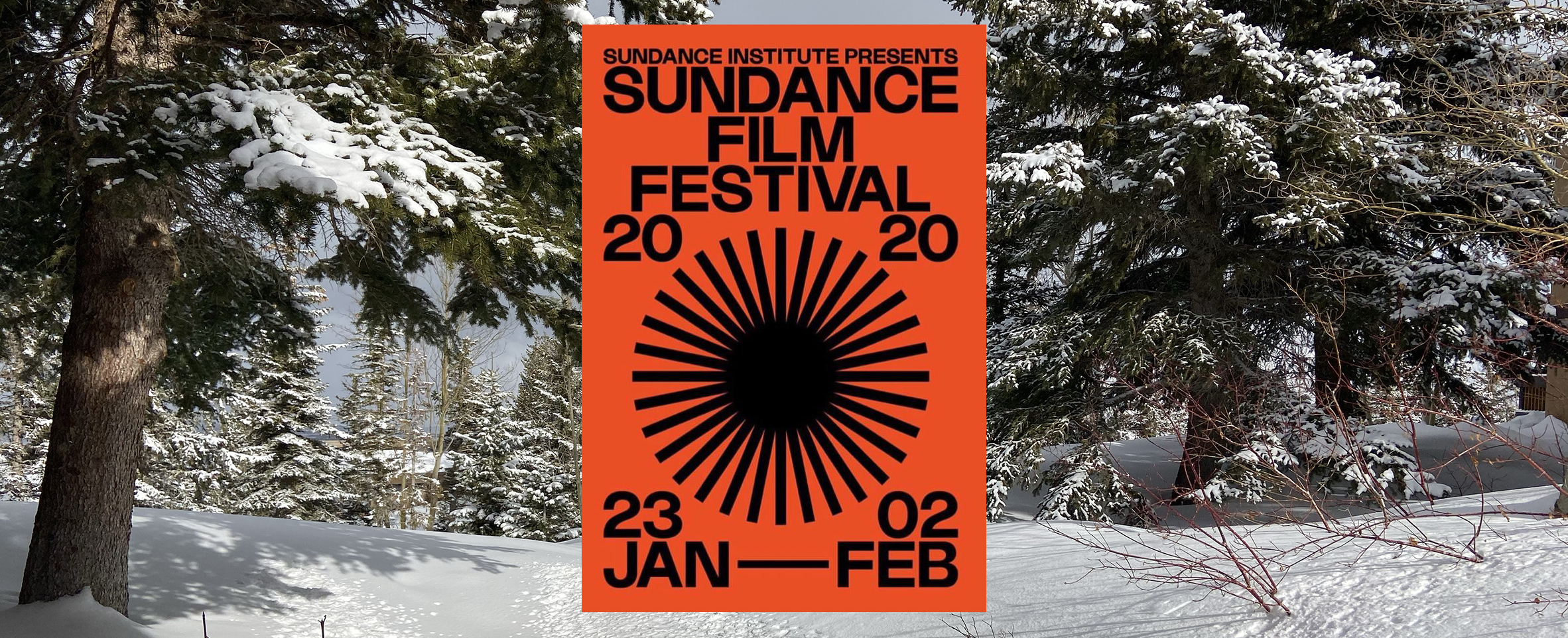
Sundance 2020 Standouts
AC’s observations on an array of outstanding features and docs that screened at the recent Park City confab (Jan. 23 - Feb. 2), recommended for their creative camerawork.
Observations on a selection of outstanding features and docs that screened at the recent Park City confab (Jan. 23 - Feb. 2), recommended for their creative camerawork.
This Is Not a Burial, It’s a Resurrection
Cinematographer: Pierre de Villiers
Director: Lemohang Jeremiah Mosese
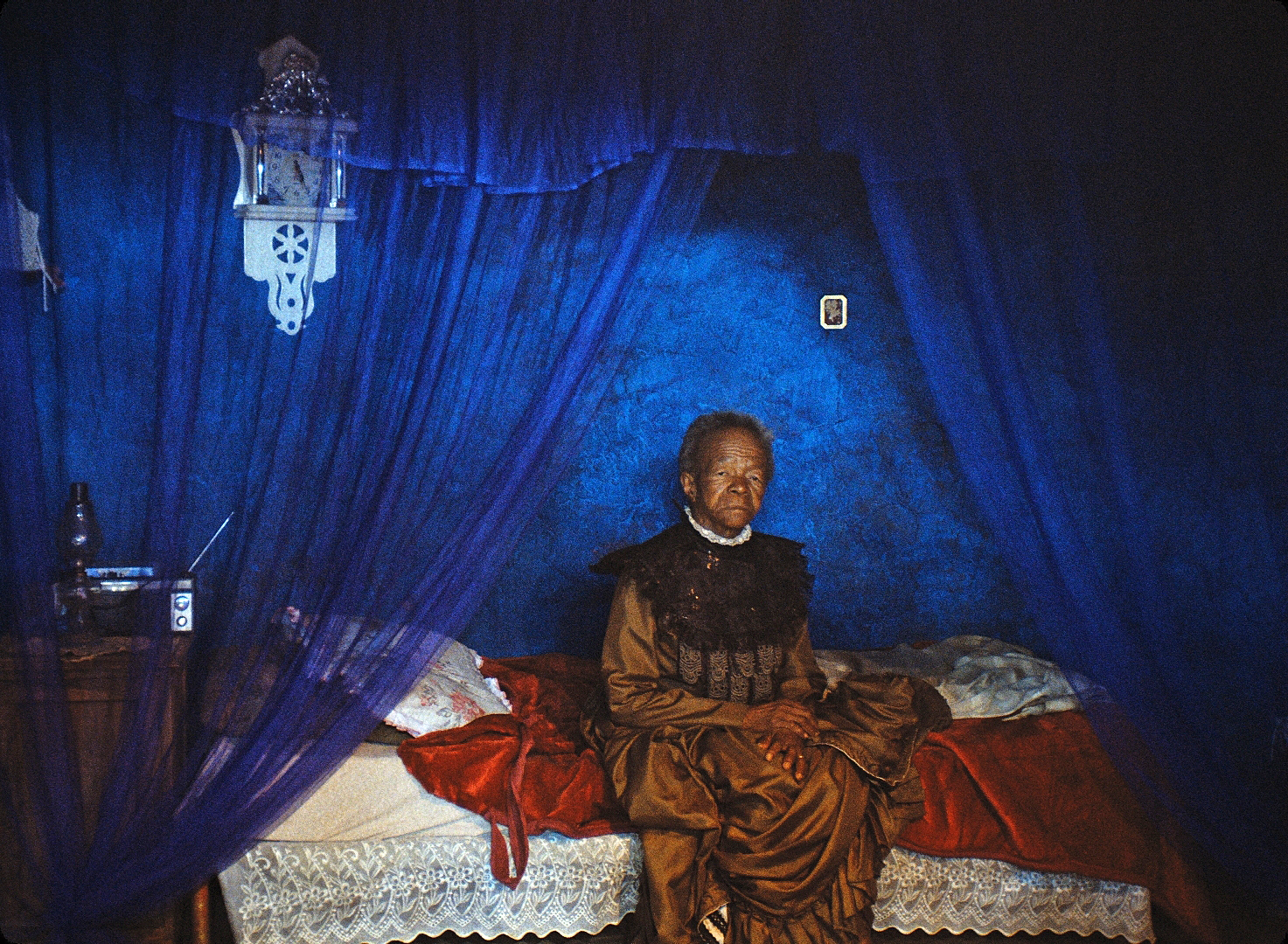
The first shot of This Is Not a Burial, It’s a Resurrection makes you sit up and take notice: An African man with a javelin in one hand and the reins of his horse in the other is trying to kill the horse as villagers hold him back. Captured at a slow shutter speed, the image has a smeared, dreamy texture, but that doesn’t hide the collective panic.
As we learn later, this villager has just realized he can’t take his horse with him to the city, where his entire town is being relocated in the name of progress, for their valley in Mosotho will soon be dammed and flooded to provide electricity to neighboring South Africa.
The grandparents of director Lemohang Jeremiah Mosese are facing a similar dislocation. But the film’s mood is more elegiac than angry, its story of change introduced by a bard, who sings of drowned cities and of Mantoa, an 80-year-old widow who has just learned that her son has died in the mines of South Africa. Seeing no point in going on, she starts preparations for her own funeral. But when she learns the ancestral graveyard will be flooded along with the entire town, she resists.
Winner of a World Cinema Dramatic Special Jury Award for Visionary Filmmaking, Burial is Mosese’s first traditional narrative film, following a career of art installations and video essays. His strong visual aesthetic comes through in the film’s many striking tableaus — shots held as if memorizing the details for posterity — and in the use of bold color, such as the azure walls, ruby cloak, and brown silk prairie dress in the widow’s hut. Or the yellow that invades like an alien virus in the safety vests and cars of authorities measuring the land. “It’s literally the world being infected by progress,” says South African cinematographer Pierre de Villiers, who makes his feature debut here, too.
Shooting in the remote mountains of Mosotho, where the lead actress had to be carried in on horseback, de Villiers made do with the bare minimum. The camera was mostly on tripod, and natural light served whenever possible. Knowing the challenge of dark skin tones and how mud huts with high thatched roofs would suck up the light, de Villiers chose a Sony Venice because of its dual base ISO (500 and 2500) and 16-bit color depth. Compensating for its sharp sensor, he selected old-school lenses: Cooke Panchro S2 primes and a Cooke Varatol 25–100mm Mark III zoom.
Featuring low horizon lines and towering cloudscapes, Burial’s exteriors are equally striking. To show the height of the mountains, they chose a 4:3 aspect ratio. As for that low horizon, de Villiers says, “[Mantoa] understands she’s not going to be able to stop this, so we wanted to create that headroom to showcase the enormity, the vastness of this world, with her very small, frail, 80-year-old body. There was something beautiful about that dichotomy.” — Patricia Thomson
Impetigore
Cinematographer: Ical Tanjung
Director: Joko Anwar

From the slow-burn suspense of its eerie opening sequence to the gruesome events of its disturbing climax, the Indonesian horror film Impetigore gives unholy birth to genuinely scary moments that emerge from a humid atmosphere of dread.
Citing The Texas Chainsaw Massacre (1974) as one of the movie’s influences, director Joko Anwar has said that the origins of his ingeniously grisly film date back to his childhood. “My brother told me that the leather which was used to make shadow puppets was human skin,” he recalls in the project’s press notes. “That haunted me throughout my childhood. Perhaps he told me this lie because he knew I loved watching horror films since I was a toddler. So I made this movie Impetigore as a love letter to horror movies I grew up with. I hope people enjoy it as much as I loved being scared as a kid.”
Forgoing typical horror-movie jump-scares in favor of a pervasively creepy ambience, Anwar and his gifted cinematographer, Ical Tanjung, take viewers on a harrowing journey alongside best friends Maya (Tara Basro) and Dini (Marissa Anita). Without families to support them in the big city, the two women eke out a living working as toll-booth attendants while also trying to sell cheap clothing from a kiosk they rent at a local marketplace. When Maya learns that she may have inherited a house on a valuable piece of land in her native village, the pair embark on a trip there to investigate.
In classic horror-movie tradition, Maya willfully ignores unsettling signs that her mission is ill-fated: corner-of-the-eye glimpses of phantom children who periodically appear just off the road during a long bus ride to the village; the decidedly inhospitable reception she and Dini receive from taciturn residents once they arrive; and, perhaps most unsettling, a visit to an odd cemetery where gravestones indicate that the births and deaths of its occupants occurred on the same day.
Once Maya locates her family manse and she and Dini take up temporary residence — amid a perpetually rolling fog — Anwar and Tanjung subject viewers to an onslaught of unnerving moments in the ominous, ramshackle house, where the two friends explore its shadowy rooms and corridors in nail-biting sequences lit primarily by oil lamps. Something is definitely not right, as Maya’s investigation into her family’s history gradually reveals.
As events take a supernatural turn, Tanjung envelops the characters in smoky haze and warm, golden light that progresses to the reddish glow of a hellscape. Lyrical visual interludes are punctuated by bursts of nerve-jangling handheld work that pursues the protagonists through various interior and exterior settings, including dimly lit village pathways and a forest. (The filmmakers employed an ARRI Alexa Mini to help them navigate the production’s challenging locations, fitted with Zeiss Superspeed lenses set to larger apertures.) Eventually, viewers are led through a squirm-inducing sequence in which Dini is stalked by a pair of especially malevolent villagers who have mistaken her for Maya, followed by trippy, trance-induced flashback sequences that provide key backstory. The sins of the past set the stage for an artfully backlit shadow-puppetry show that presages an extreme bloodletting.
Tanjung’s work has already earned him three Citra Awards at the Indonesian Film Festival, for the features May (2008), Satan’s Slaves (2017, also directed by Anwar) and Gundala (2019), along with six additional nominations, and it’s easy to see why from the first moments of Impetigore. The movie’s opening sequence is a clinic in how to build Hitchcockian suspense around a memorable setting: sealed off in her fluorescent-lit toll booth, where she chatters away with her adjacent coworker Dini by phone, Maya is cruised by a sinister-looking man who pulls up in his car and fixes her with a menacing glare; after several extremely discomfiting moments, he finally drives off, much to Maya’s relief, only to brake his vehicle a few hundred yards down the road, where it idles in the distance as a threatening silhouette. What happens next ratchets up the tension to an even higher pitch, with abundant style and a savvy sense of ghoulish fun.
Impetigore made its U.S. premiere in the Midnight category at Sundance, but the movie has already become a huge hit in its native land, where it topped the Indonesian box office this past fall. — Stephen Pizzello
Jumbo
Cinematographer: Thomas Buelens
Director: Zoé Wittock
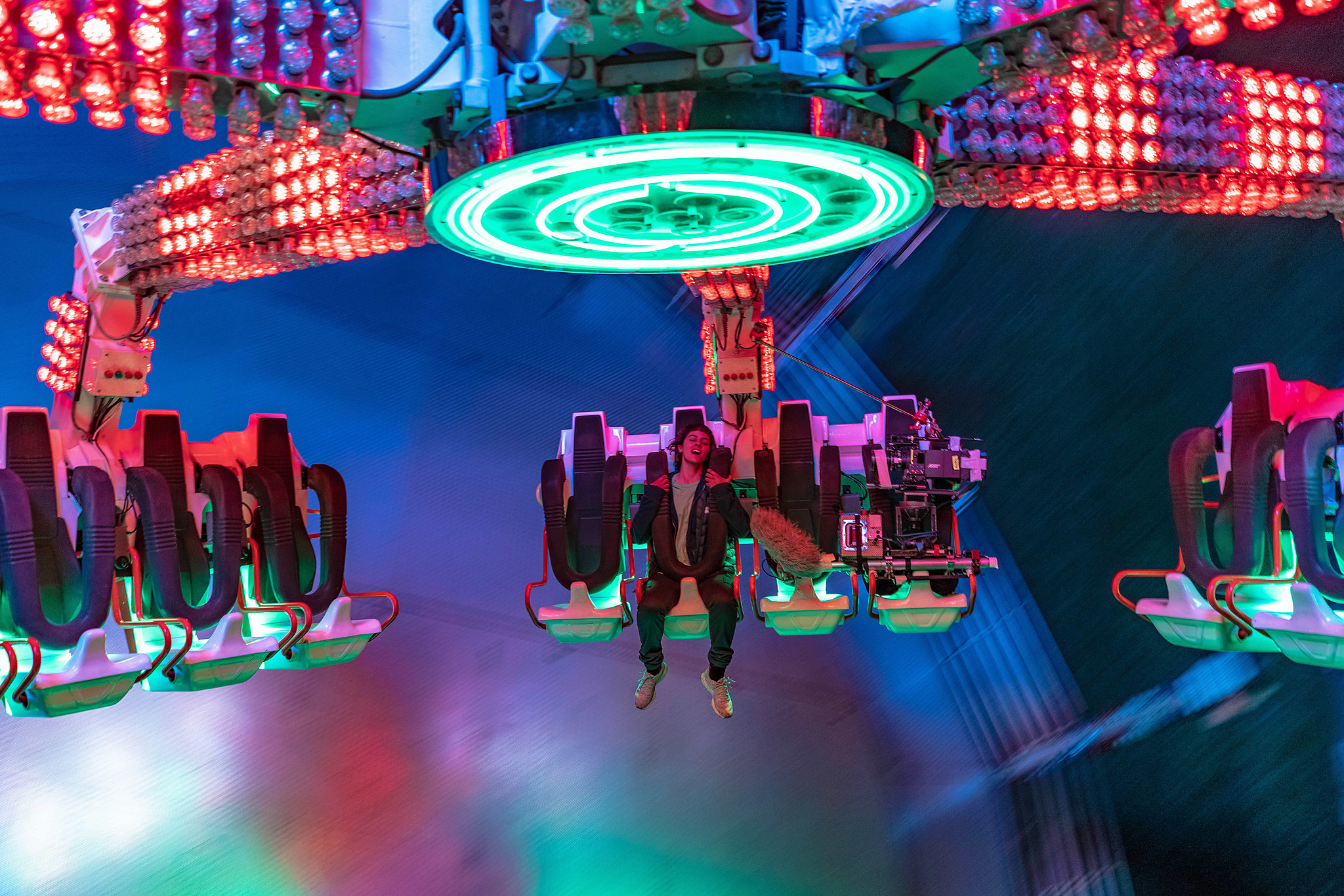
Edward Albee famously had a character fall in love with a goat. Jumbo ups the ante, presenting a romance between Jeanne (Noémie Merlant), a painfully shy young woman who works the graveyard shift as a cleaner at an amusement park, and the park’s new attraction, the Tilt-a-Whirl ride she names Jumbo. Belgian writer/director Zoé Wittock, making her feature debut, was in fact inspired by a real-life case of a woman who fell in love with the Eiffel Tower and decided to marry it. But Jumbo’s tone is neither farcical nor aghast. Instead, we see Jumbo through Jeanne’s smitten eyes.
That’s why he was thrilled to get his hands on Panavision’s C Series anamorphics, which he coupled with an Arri Alexa SXT: “They give the original scope look, with flares, aberrations, and all that texture.”
Buelens’ second challenge was to instill life in Jumbo — essentially, to make it act. The ride itself was found in France and came bedecked with 1,000 tungsten lights. In a normal fairground situation, these would stay on all the time, so they weren’t particularly expressive. “[The practicals] would not be sufficient to get emotion, also because it lacked a ‘face,’” explains Buelens. So his team added nearly 200 LEDs to a circular armature in the ride’s center, which were wired to a DMX board, then fed into an iPad with the Luminair app. They needed multiple fingers on the panel to relay Jumbo’s emotions, so it took three crew members to operate the ride: One to control Jumbo’s lighting, and two to control his movements (though bigger moves were pre-programmed). After a week of pre-wiring, Buelen had only one night to test Jumbo’s performance, but all went according to plan. Bringing Jumbo to life is probably as close to acting as Buelen will ever get. Was it fun? “Incredibly!” — P.T.
Shirley
Cinematographer: Sturla Brandt Grøvlen
Director: Josephine Decker
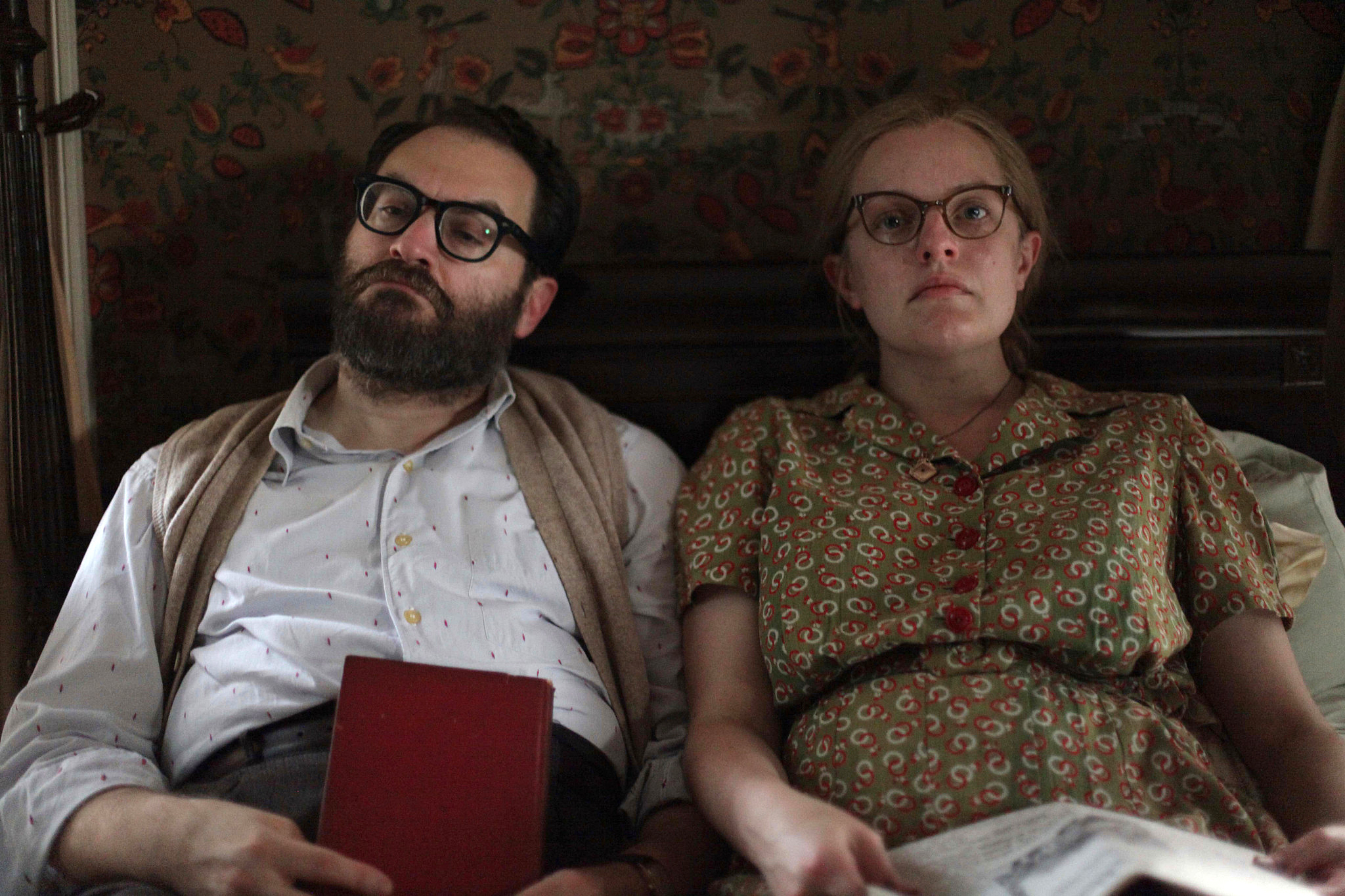
Authors are never an easy subject on film. They just sit, think, write, rewrite. Their struggle is interior and mute, and not cinematic at all.
However, there was much anticipation regarding Josephine Decker’s Shirley, given the director’s out-of-the-box depiction of the creative process in 2018’s Madeline’s Madeline. Shirley met expectations and more, with Decker walking away with a U.S. Dramatic Special Jury Award for Auteur Filmmaking.
Though it is about a writer — Shirley Jackson, best known for her 1959 Gothic horror novel The Haunting of Hill House — the film wriggles free of biopic conventions. The story is actually twice removed from its subject, the screenplay by Sarah Gubbins being based on a fictional novel by Susan Scarf Merrell.
The film begins after Jackson has scandalized the literary world with The Lottery, a short story in The New Yorker about an annual ritualized stoning in a New England town. Reviled, Shirley (Elizabeth Moss) shuts down and holes up in her rambling house, which she shares with husband Stanley Hyman (Michael Stuhlbarg), a Bennington College professor and literary luminary. Following the novel’s lead, we first see Shirley through the eyes of outsiders: a teaching assistant and his pregnant wife, who Stanley has invited to move in. Though initially put off by the toxic dynamic between the literary lions, the young housewife, Rose, draws ever closer to Shirley. She helps her get her house in order, literally and figuratively, and becomes a creative co-conspirator and muse in Shirley’s next novel, about the disappearance of a co-ed.
Visually, the film inhabits bifurcated worlds several times over. There’s the organic, womb-like house, dark with muted colors and filtered light, with handheld camerawork underscoring Shirley’s shaky mental state. Then there’s the solid, sunny college campus, inhabited by co-eds wearing bright cardigans in primary colors. Working with an Arri Alexa Mini, cinematographer Sturla Brandt Grøvlen, DFF differentiated the looks with contrasting lenses: Super Baltars for an organic, low-contrast look inside the author’s home, and the crisper Angenieux Optima 24–290mm for exteriors.
Shirley also takes us inside the author’s head as she ruminates on her next novel and has flashes of inspiration. The film includes dream sequences in slow motion and waking moments when reality elides with an imagined scene — as when Rose flashes before Shirley’s eyes with red hair and a red cloak and disappears into the woods, like that missing co-ed. For these mental imaginings, Grøvlen makes effective use of a Lensbaby to play with shallow, shifting focus, as if the author’s story hadn’t yet snapped into place. But after her manuscript is finished and warmly praised by husband Stanley (her harshest critic), we know Shirley is in a good mental place. The locked-down camera tells us so. — P.T.
The Climb
Cinematographer: Zach Kuperstein
Director: Michael Angelo Covino

Most bromance comedies stay strictly within the dotted lines of their genre. So it’s refreshing to see one that makes a successful jailbreak. The Climb does just that, telling its feature-length story in just a few dozen long, intricately choreographed shots, demonstrating that indie comedies can have serious formal ambitions too.
The Climb’s unique structure grew out of its origins as a short. Filmed as a single seven-minute shot, the short, also called The Climb, follows two best buddies as they cycle up a long switchback road and talk. Kyle (cowriter Kyle Marvin) is on the verge of marriage, but Mike (director and cowriter Michael Angelo Covino) throws a monkey wrench into the proceedings when he confesses that he slept with Kyle’s fiancé.
The feature screenplay begins here, then continues through six more chapters, going through the chronology of their friendship in fits and starts, leapfrogging from weddings to funerals to family holiday parties to bachelor parties to quotidian moments in between. Following the form of the short, each chapter typically comprises two extended shots-cum-scenes, the longest averaging 7 to 10 minutes. Even counting some shorter interstitial shots, the movie’s entire shot list was just 38 shots, according to director of photography Zach Kuperstein.
Among the more balletic passages was one that introduces an entire extended family at a Thanksgiving dinner. The camera weaves in and out of rooms, then circles outside the suburban house, passing various windows just in time to hear a character inside delivering a line. As much as the camera moved, characters did too. Everyone’s timing had to be perfect, the rhythm just so, so cast and crew spent considerable time tweaking the beats in rehearsal.
In general, Kuperstein tells AC, “There was a lot of Steadicam work, operated by Brendan Poutier, but we also used many other types of camera support and tried to transition between them during the shot for several scenes. We used a dolly, some rigged camera positions, handheld, and even just a tripod. I operated the sections that were not on Steadicam. We shot on the Arri Alexa Mini with the TLS-rehoused Cooke Speed Panchros and occasionally the Cooke Varotal zoom.”
Admirable for its formal ambitions, The Climb also succeeds at putting truthful emotions on screen as we follow these two buddies on their long and winding road. — P.T.
The Truffle Hunters
Cinematographers: Michael Dweck and Gregory Kershaw
Directors: Michael Dweck and Gregory Kershaw
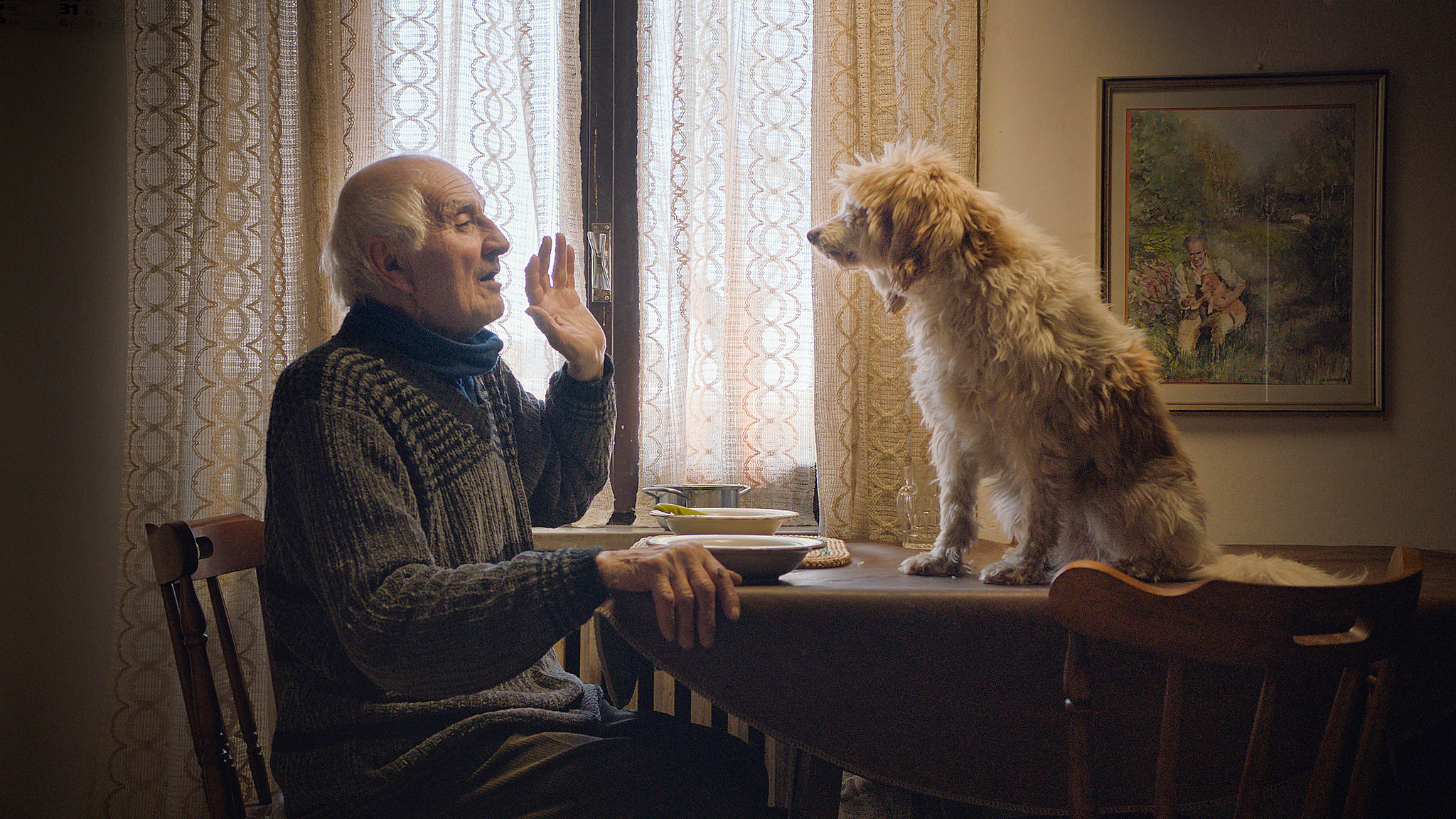
One of the most crowd-pleasing and beautiful documentaries this year was The Truffle Hunters. Shot and directed by Michael Dweck and Gregory Kershaw, and executive produced by Luca Guadagnino (the director of Call Me by Your Name and Suspiria), the documentary takes a deep dive into the secretive world of Piedmont truffle hunters.
For three years, the filmmakers trailed five hunters — all salt-of-the-earth contadini, most in their 80s — who happily spend eight hours a night traipsing through the wooded hills with their dogs in pursuit of the famous white truffle of Alba, which is becoming ever-more elusive due to deforestation, climate change, herbicides, and global demand. Balancing out this rustic picture, the filmmakers also followed a truffle broker and an authenticator, peering into the more glamorous world of truffle auctions and Michelin-star restaurants.
It took some time for the duo to find the film’s look: each scene distilled into a static, deliberate, single-frame set-up. (The 86-minute film has only 106 shots.) “The camera wasn’t static initially,” Dweck says, “but being in that environment and observing how they live, it slowed us down and told us there are so many things to observe.” The filmmakers favored deep focus on their 16–40mm Angenieux zoom (coupled with an Arri Alexa Mini), and let shots roll and roll, sometimes for an hour or two.
Lighting was equally deliberate. “We’d walk into a house and be reminded of Caravaggio. The light coming in the window. Old tin pots on the wall. A cauldron of boiling water over a wood fire,” says Dweck. “We tried to use as much natural light as possible. But in cases where we had to fill, we used single light sources — an Arri Sky Panel most of the time.” More typically, adds Kershaw, “we’d set up an army of C-stands with floppies to shape the natural light.”
In contrast to these meticulous static shots, there are wildly kinetic GoPro shots from the dogs’ point of view: racing along forest paths, shaking water from their ears, going berserk with excitement in the car. Building a doggie rig took months of experimentation. Eventually took their sketch to a shoe cobbler. “What’s good about Italy is that you can make anything you want,” says Dweck. “So [afterwards] we went to a rubber person and found different flexibilities of rubber to try. We went to a riveter. We went to a steel person, because steel flexes in different ways to shape the head. Then we had to deal with abrasion, so we had three different types of suedes.” Mini-mics were mounted on the dogs’ noses and paws to make the outfit complete. “It was challenging, but it worked.” — P.T.
This feature will be updated with additional entries. You'll find a complete guide to the Sundance 2020 award-winning films here. Of special note, a World Cinema Documentary Special Jury Award for Cinematography was presented to Mircea Topoleanu and Radu Ciorniciuc, for Acasa, My Home:






